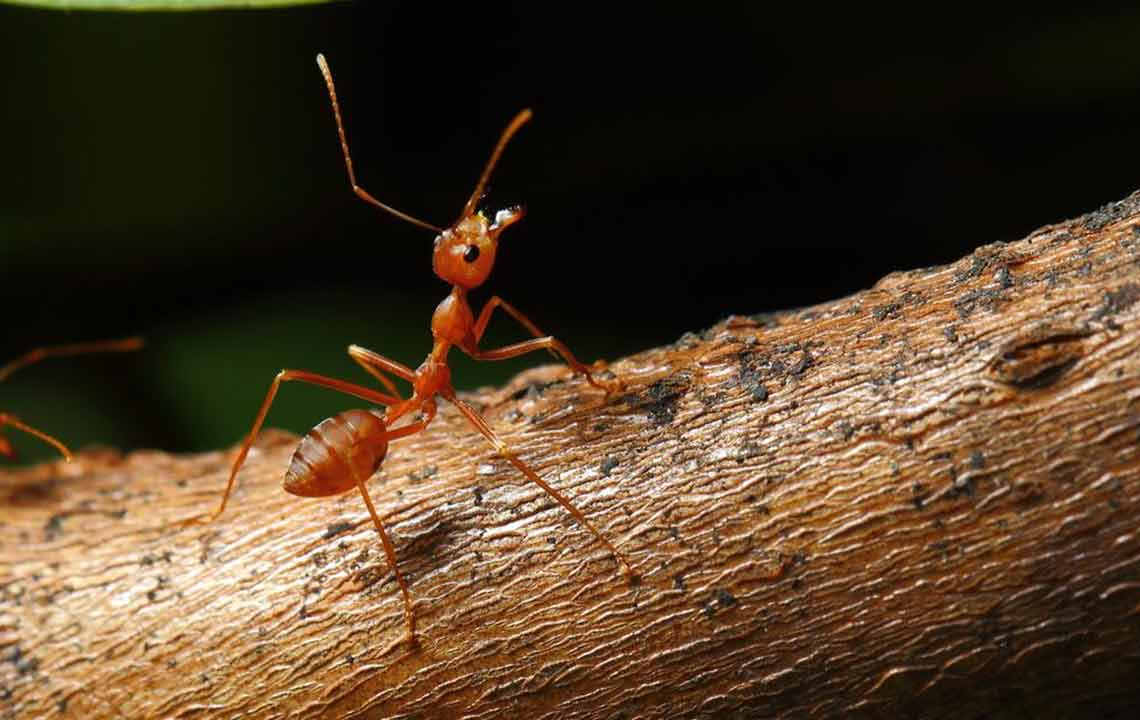Effective Strategies for Managing Fire Ant Bites
Learn effective methods to treat fire ant bites and prevent severe allergic reactions. This guide explains signs of allergic responses, home remedies, and when to seek medical attention. Protect yourself from these aggressive insects by understanding symptoms and appropriate treatments to ensure safety during outdoor activities.

Effective Strategies for Managing Fire Ant Bites
Fire ants build colonies in mounds outdoors and react aggressively when disturbed, leading to painful bites and stings. Their bites can cause allergic reactions such as redness, itching, swelling, and in some cases, more severe symptoms. Wearing protective clothing and footwear can minimize risk. Recognizing symptoms and knowing effective treatment options are essential when dealing with fire ant encounters.
Several species of fire ants, including those native to South America, pose threats across parts of the United States. The most common are:

Solenopsis Invicta: Also called the Red imported fire ant, this South American species is prevalent in around 13 U.S. states. They are small, about half an inch, with red or brown shades. Their venom can stun prey and even overpower larger animals like turtles.
Solenopsis Richteri: Known as the Black imported fire ant, this species is less widespread and mainly found along the Gulf Coast and Southeast regions. They tend to defend their mounds fiercely, attacking intruders in groups.
People, children, pets, and gardeners are most at risk of bites when entering infested areas. Fire ants bite as a group, targeting feet and legs, and are notable for multiple stings during an attack. Their aggressive behavior makes them especially dangerous in outdoor settings.
Signs of an Allergic Reaction to Fire Ant Stings
Typically, stings cause blisters and localized redness. Some individuals may experience severe reactions such as swelling, burning, and itching within minutes. In rare cases, life-threatening conditions like anaphylaxis can occur, requiring urgent medical attention.
Symptoms needing immediate medical care include:
Difficulty breathing
Dizziness
Swelling of the tongue or throat
Confusion
Loss of consciousness
Home Remedies for Fire Ant Bites
Most cases can be managed with simple remedies unless there's an allergic reaction. Quick actions include:
Applying a cold compress for 20 minutes to reduce swelling
Using hydrocortisone cream to alleviate itching
Taking antihistamines to lessen allergic responses
Applying triple antibiotic ointment to prevent infection, especially if scratched
Enjoying an oatmeal bath to soothe itching
Keeping the affected area elevated to minimize swelling
Cleaning the area with soapy water to prevent infection
Avoiding scratching or popping blisters to prevent complications
Seeking medical care if pus is present or discoloration worsens
Medical Treatments for Fire Ant Bites
Severe allergic reactions may require epinephrine injections to reverse symptoms. Carrying an EpiPen is recommended for those with known allergies for prompt treatment in emergencies. Persistent or worsening symptoms warrant medical consultation. Antibiotics or corticosteroids may be prescribed if an infection develops.
Preventive measures include wearing protective clothing in ant-prone areas and avoiding provoking mounds. Early recognition and prompt treatment are key to managing fire ant bites safely.










